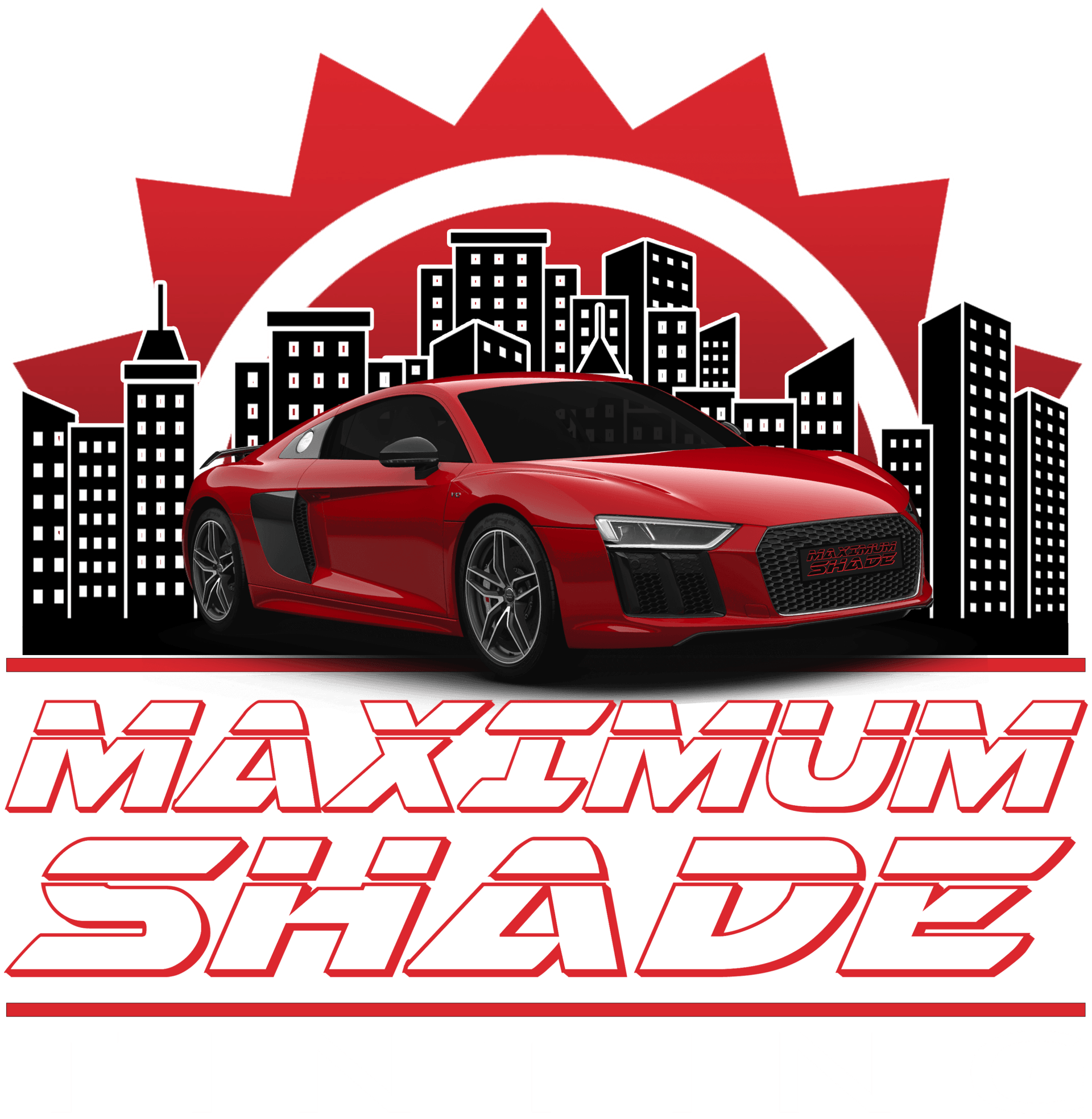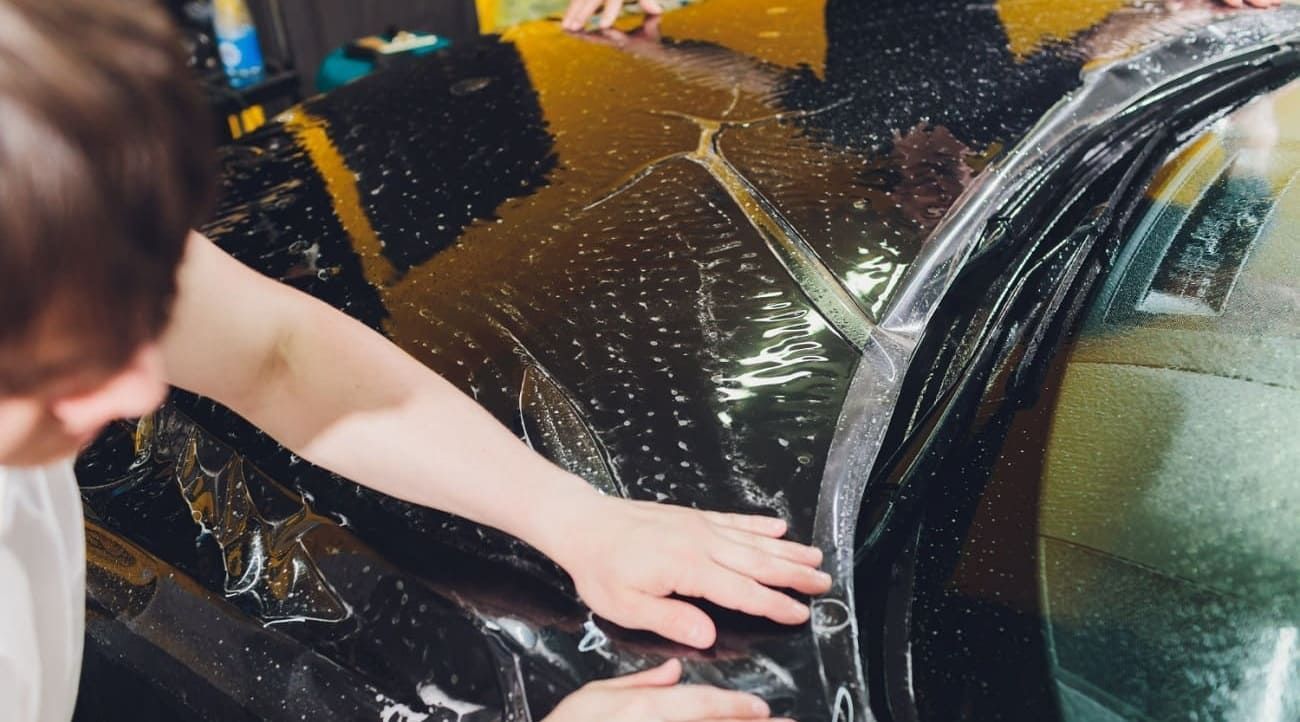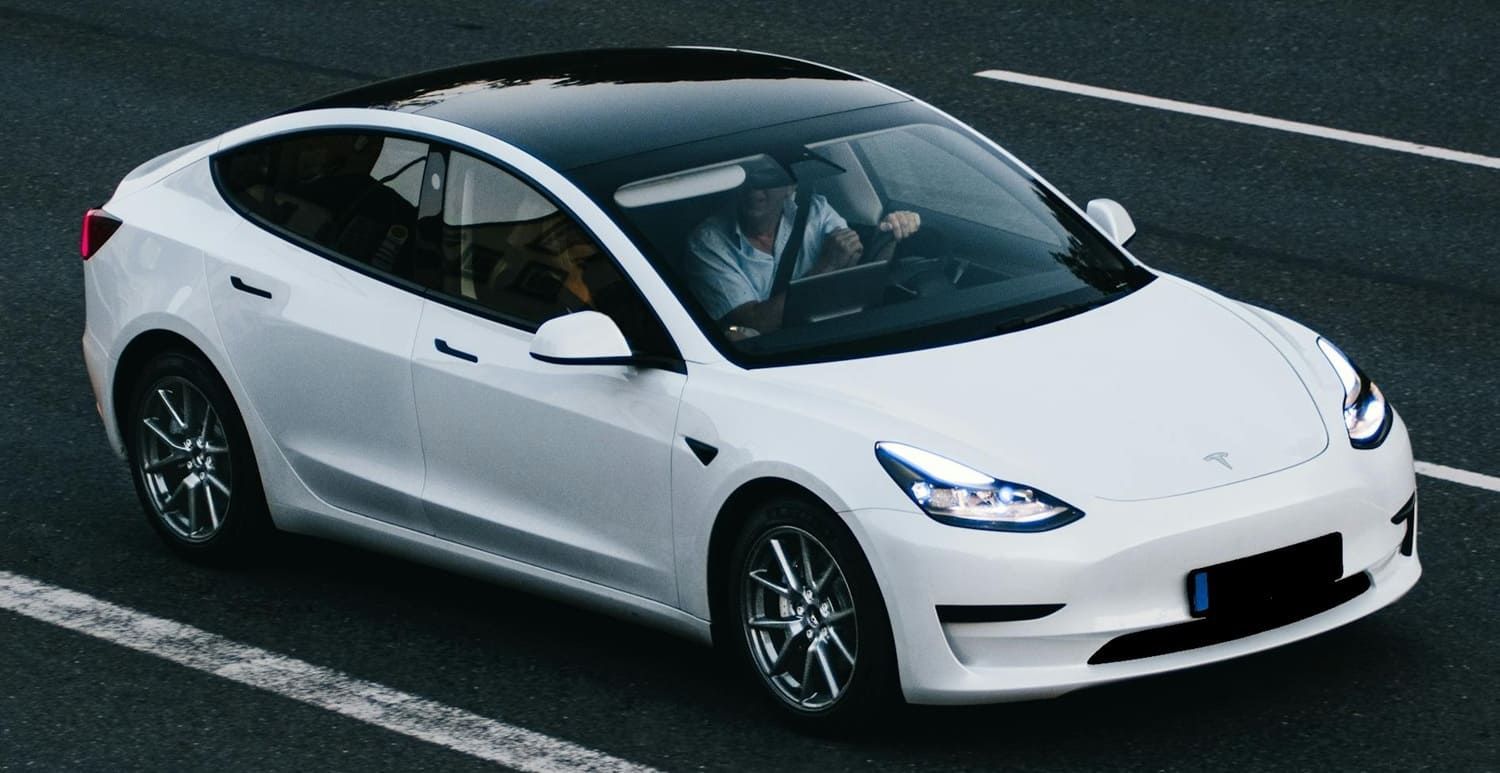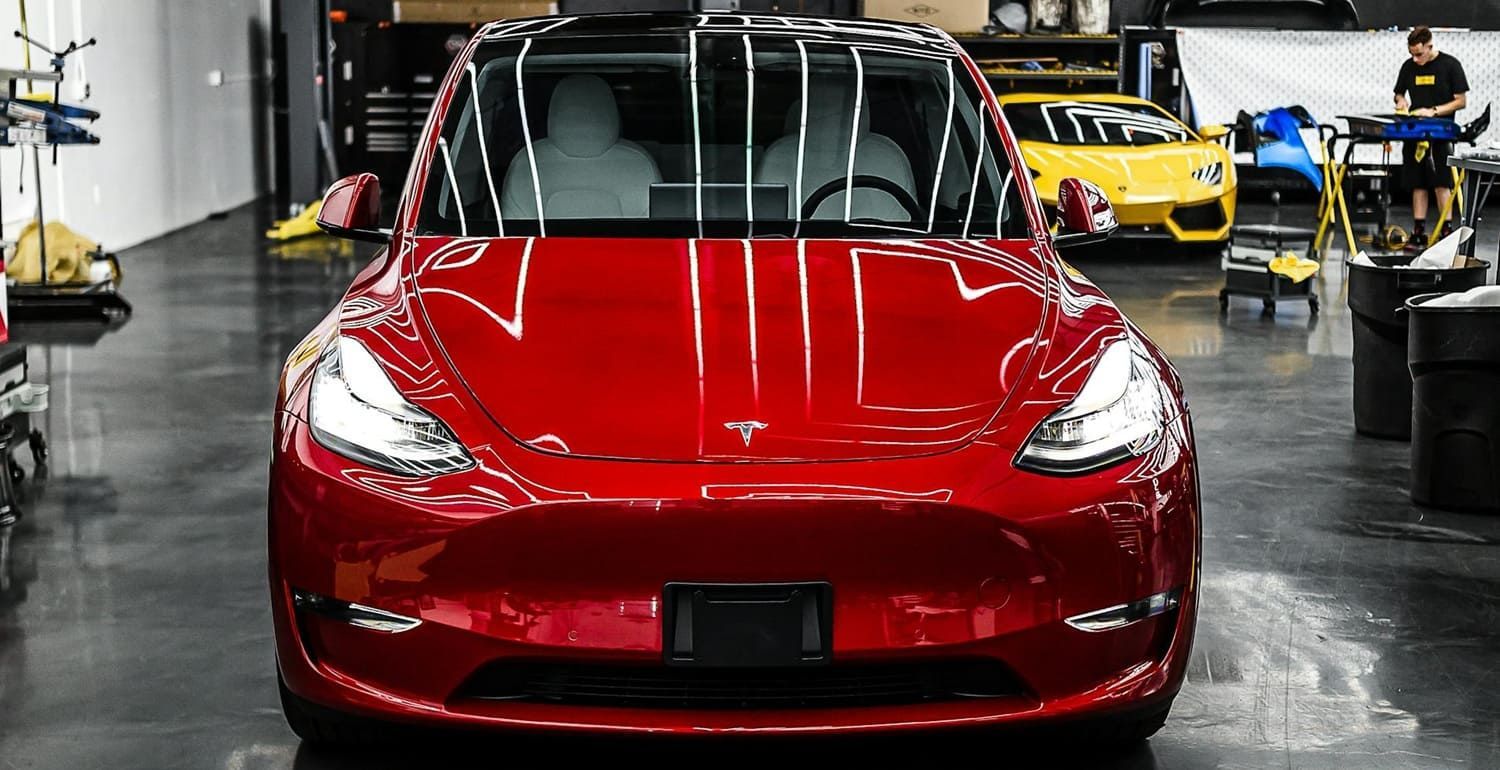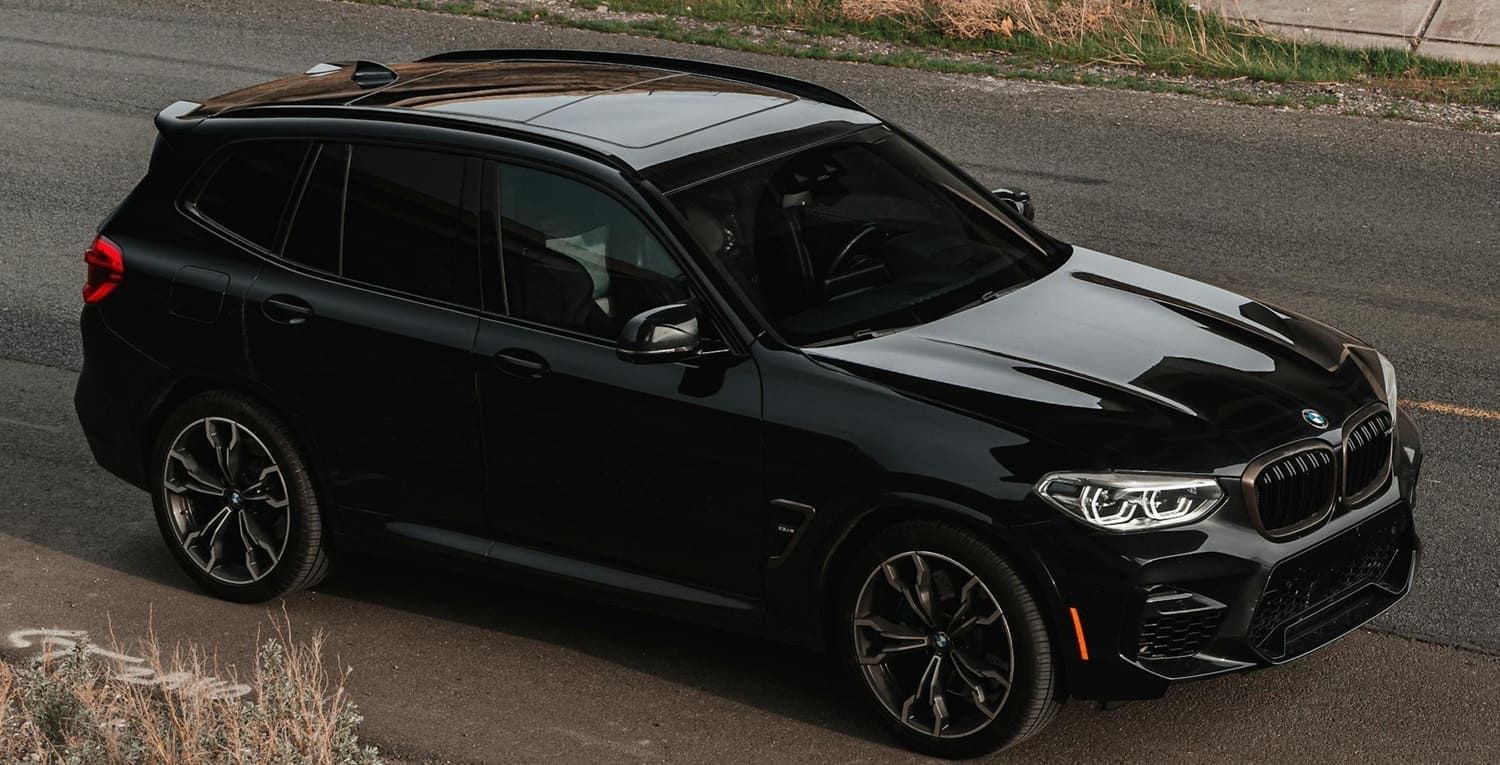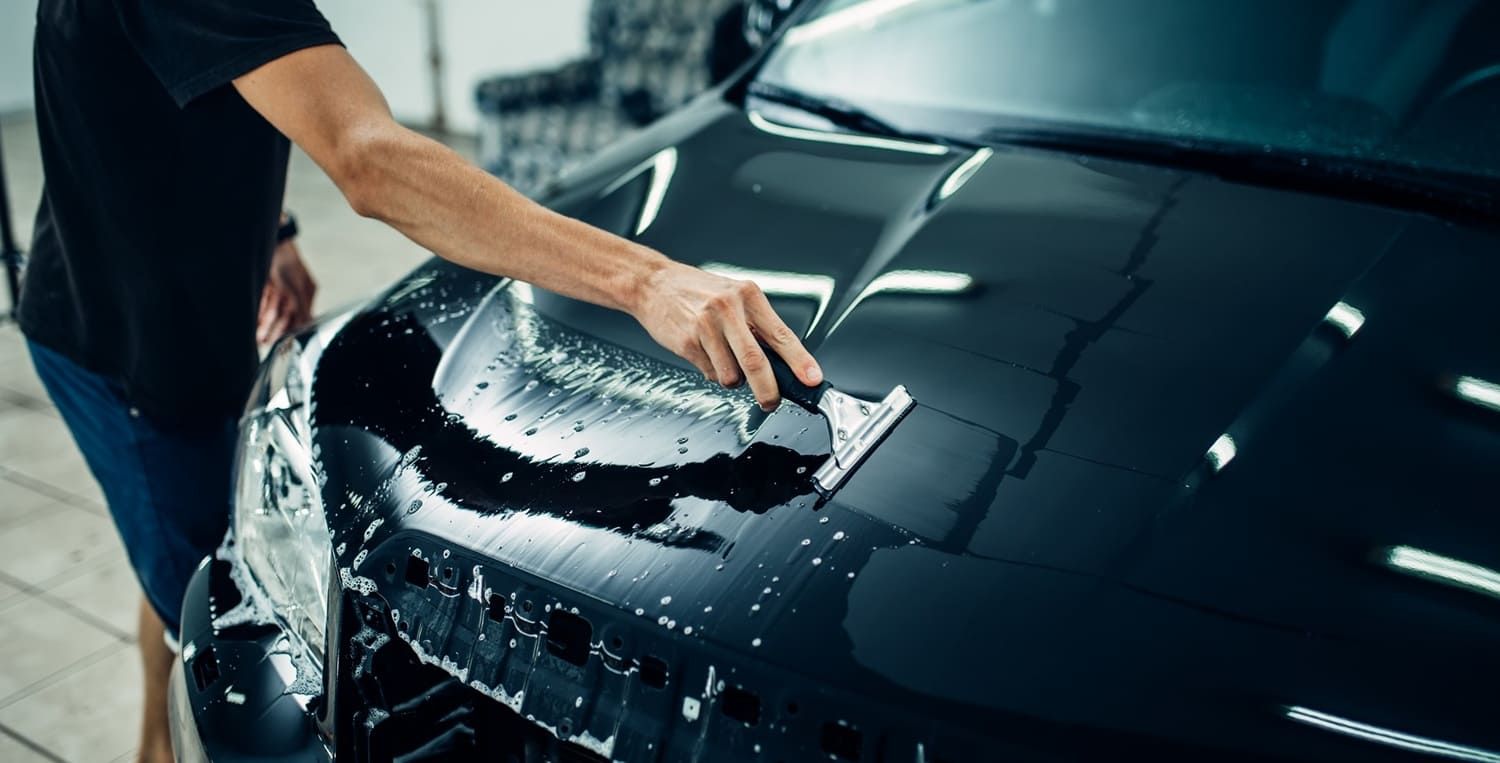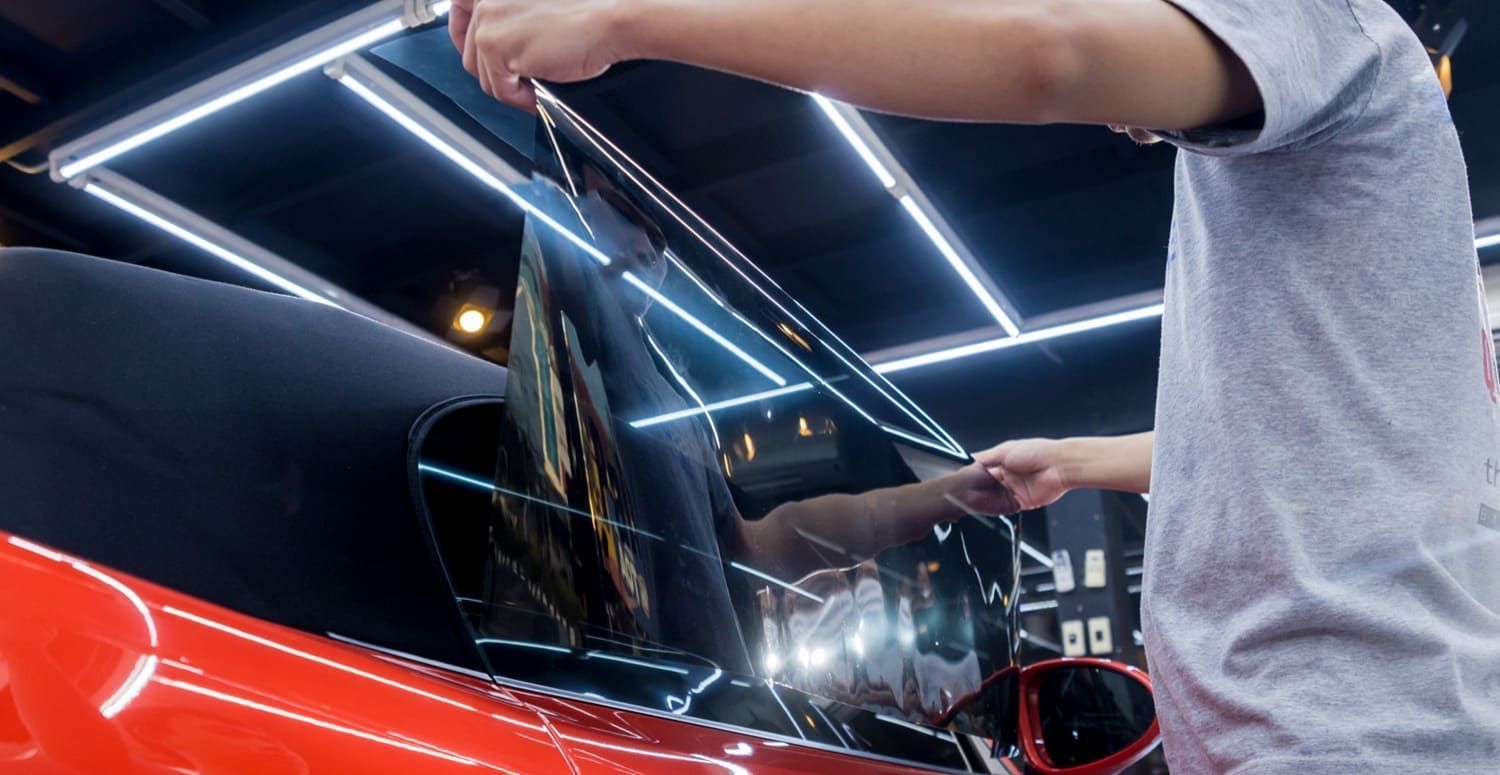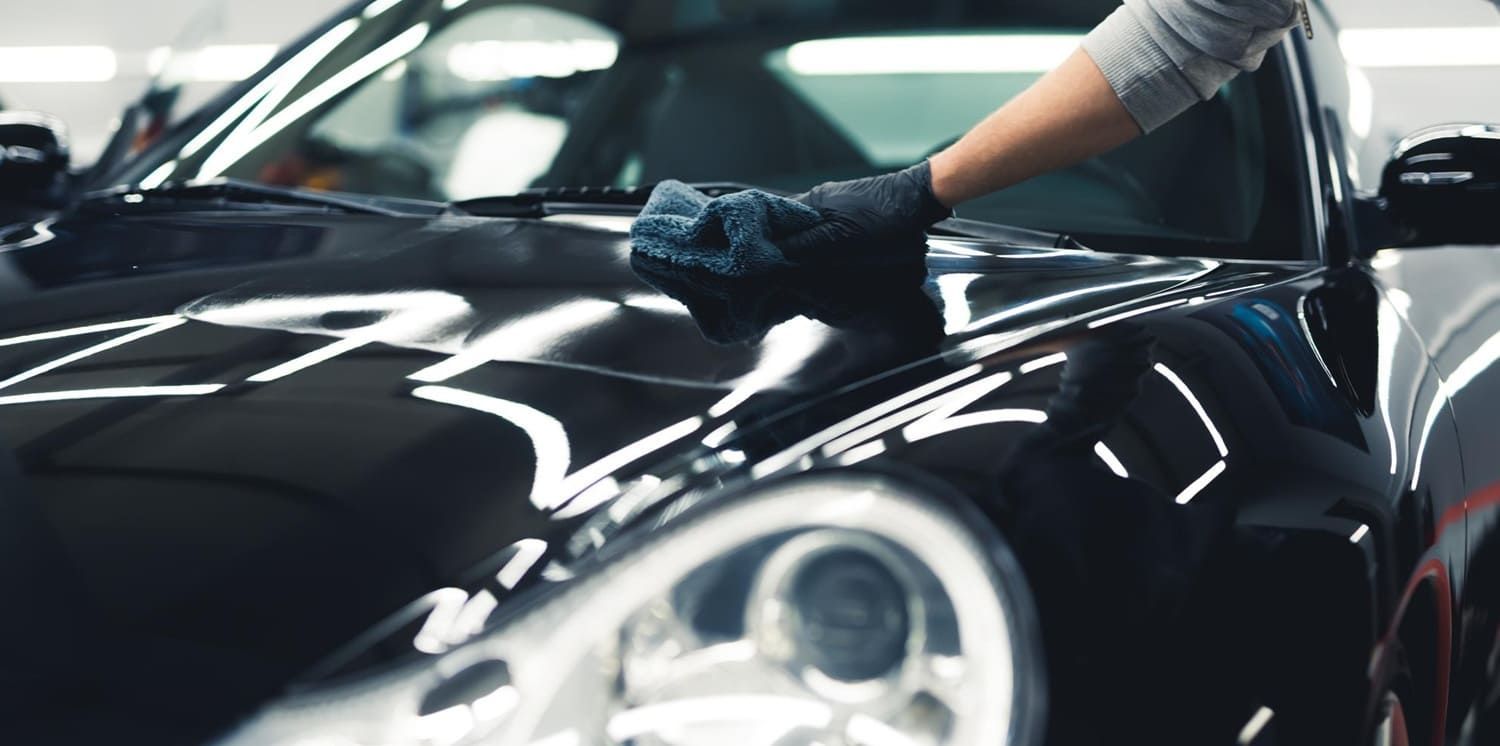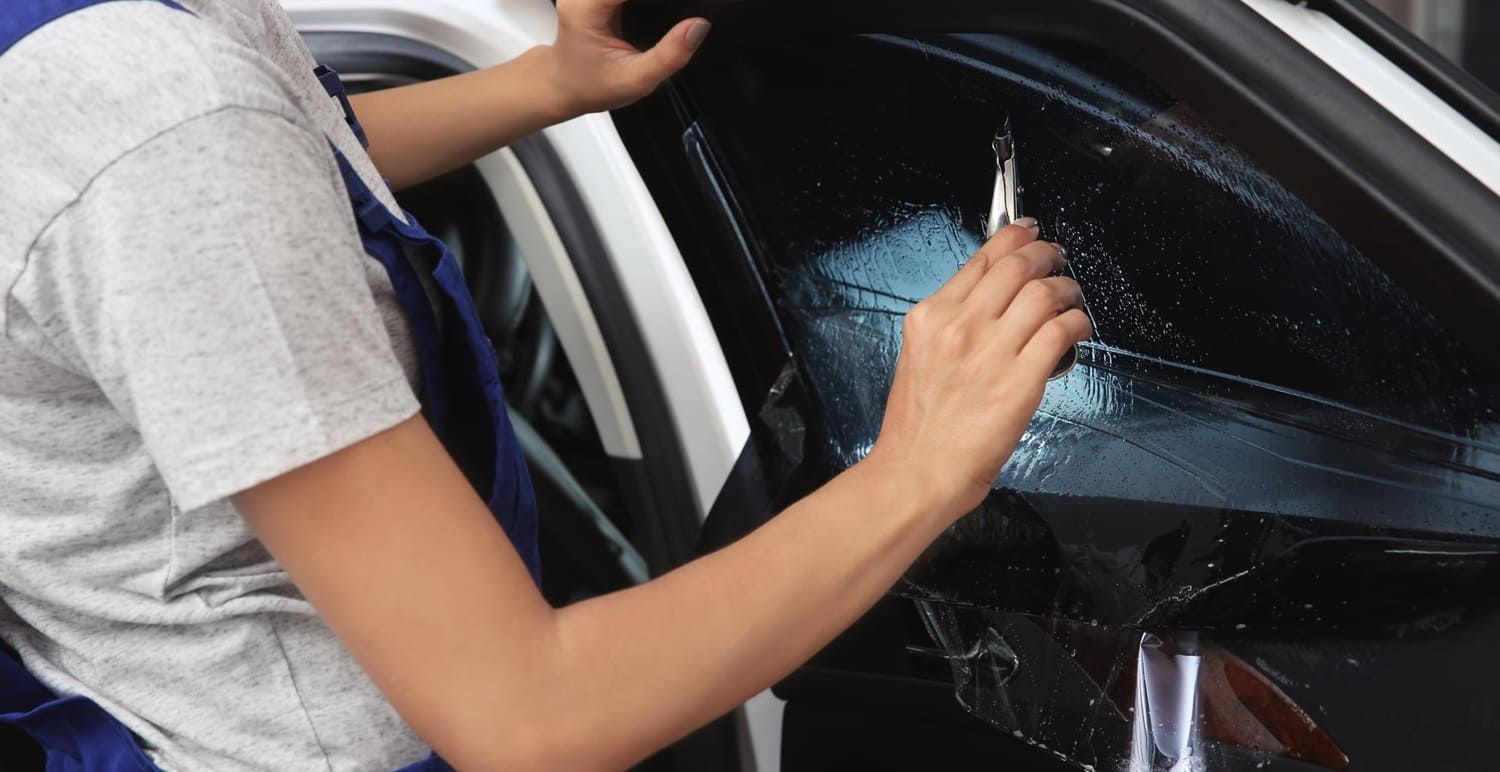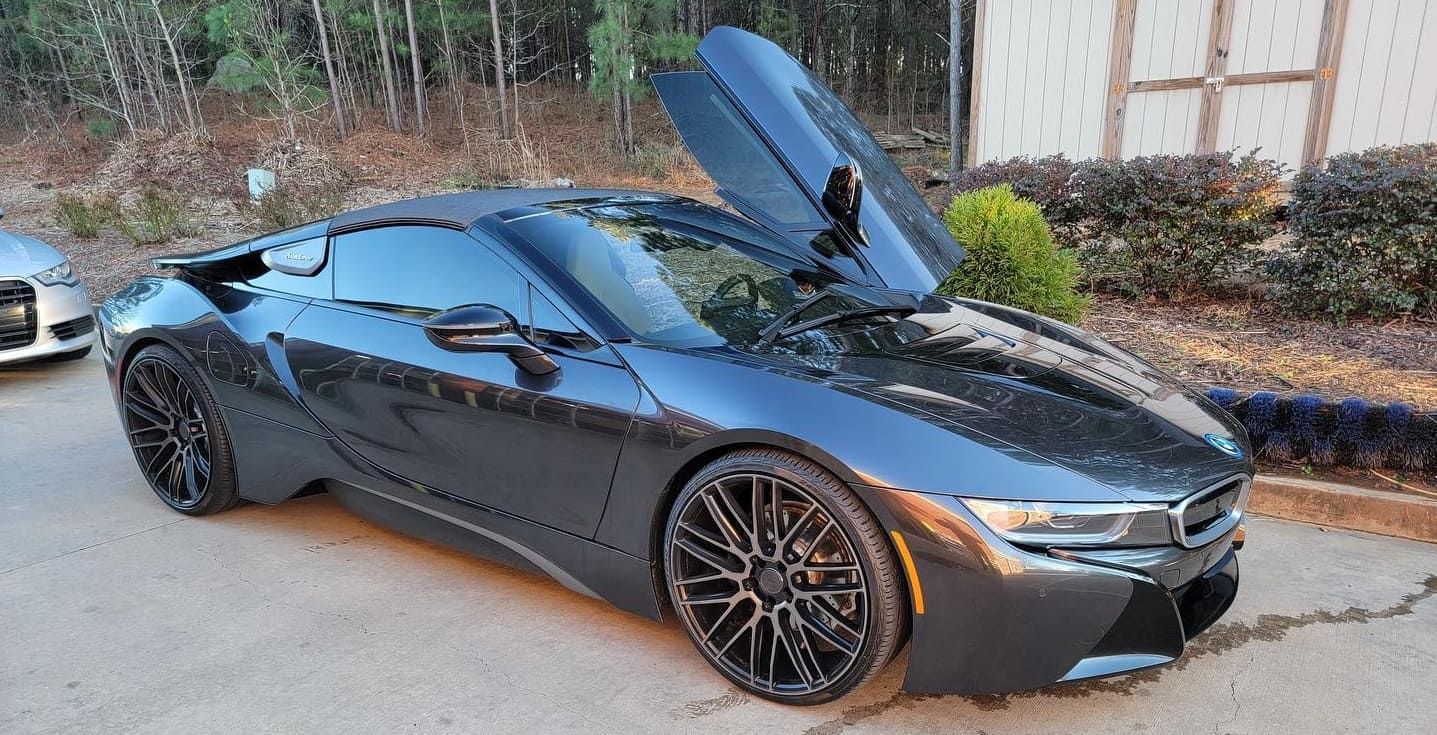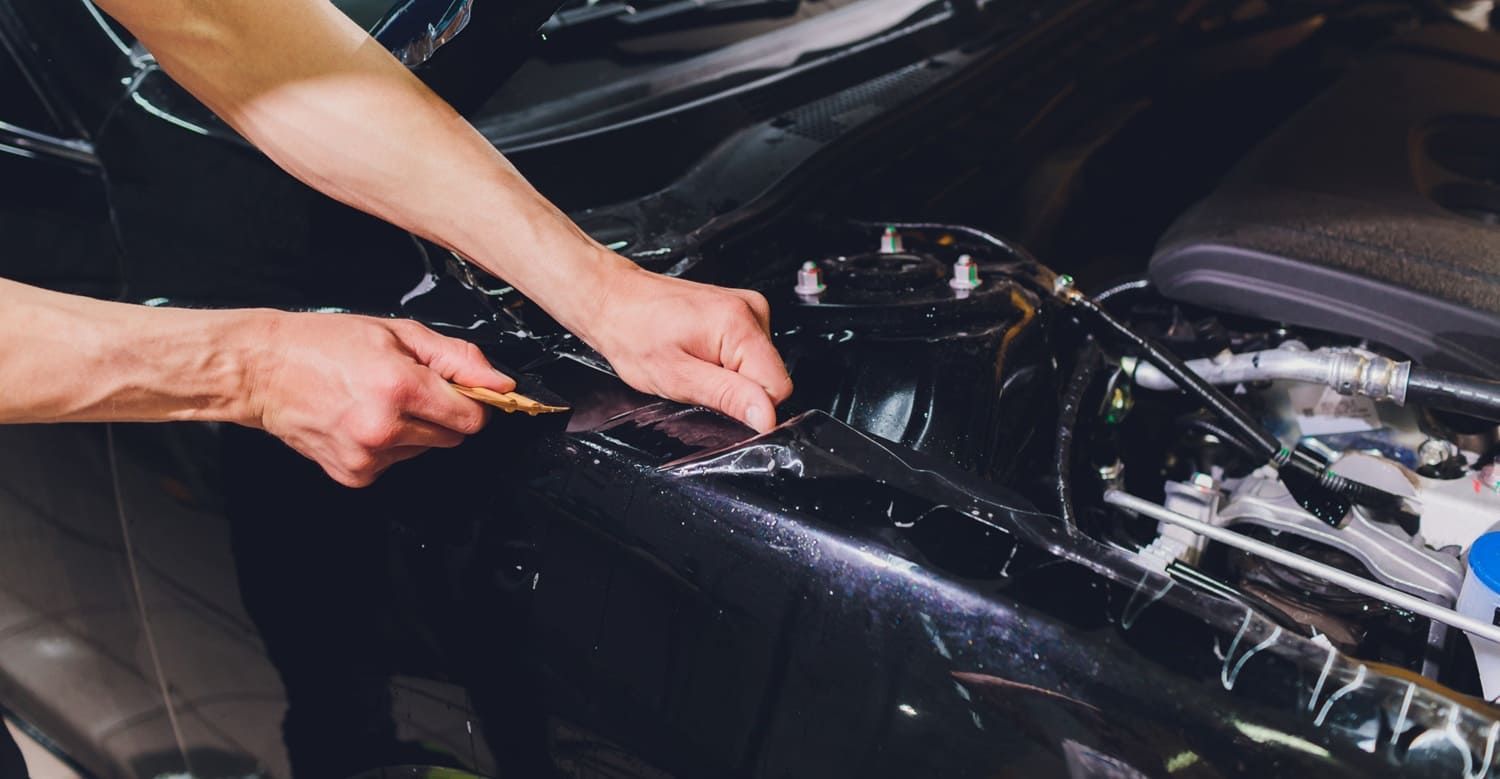Best Car Window Tint for Heat Reduction and Privacy
Car window tinting is where cutting-edge science meets sophisticated style, designed to keep your cabin cool and your personal space secure. Advanced films like ceramic and carbon utilize state-of-the-art infrared-blocking technology, capable of slashing interior heat by up to half while ensuring crystal-clear visibility. This comprehensive guide will walk you through the premier tint materials for tackling heat, understanding privacy levels and legal boundaries, exploring the key benefits for your comfort and protection, selecting the perfect shade for your needs right here in Buford, GA, and reviewing the ins and outs of professional installation, pricing, and warranties. At Maximum Shade Tinting in Buford, GA, we’re ready to provide expert advice and a Complimentary Consultation – Maximum Shade Tinting to help you find the ideal film for your vehicle.
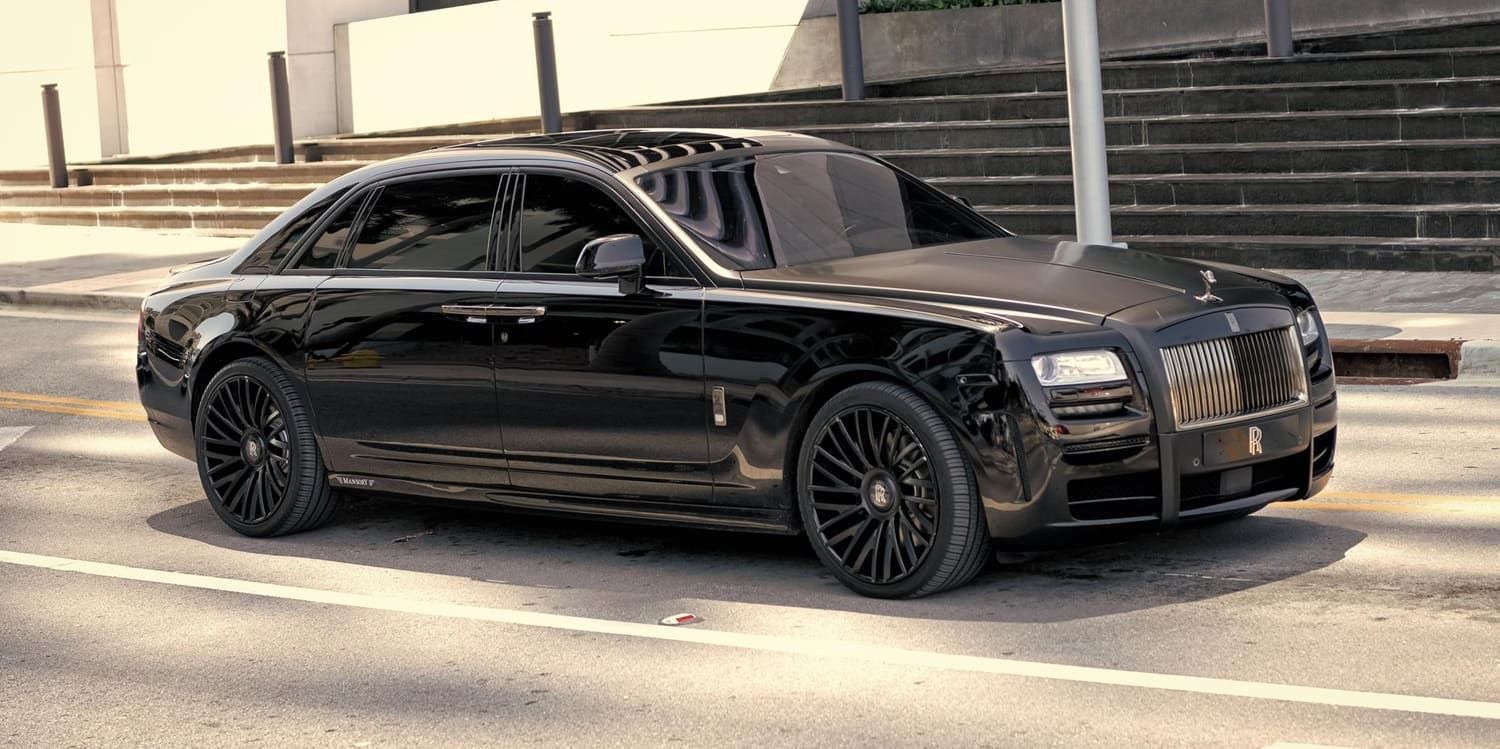
What Are the Top-Tier Car Window Tints for Beating the Heat?
The ultimate car window tint for heat reduction is defined by its prowess in blocking infrared (IR) radiation—the main culprit behind solar heat buildup—all while allowing a comfortable amount of visible light transmission (VLT). Ceramic tint employs advanced, non-metallic nanoparticles to reflect an impressive 99 percent of IR rays, delivering up to 50 percent heat rejection for a noticeably cooler cabin. Carbon tint integrates carbon particles that absorb and dissipate heat, achieving around 40–50 percent IR rejection without any interference with your electronic signals. The choice between these films boils down to finding the sweet spot between maximum heat control, your budget, and ensuring seamless electronic compatibility.
How Exactly Does Ceramic Tint Deflect Heat and Infrared Rays?
Ceramic tint works its magic by incorporating microscopic ceramic particles that actively reflect infrared radiation and reject solar energy right at the glass surface. This film offers exceptional heat reduction—slashing interior temperatures by up to 50 percent—without relying on metal layers that could potentially disrupt your GPS, radio, or mobile signals. Ceramic’s sophisticated infrared rejection mechanism not only boosts your air-conditioning efficiency but also shields your dashboard from damaging sun exposure, setting the stage for us to explore the advantages of carbon tint.
Tackling Heat: The Power of Automotive Films
Ceramic window tint is a champion at reducing heat by reflecting infrared radiation, leading to significantly cooler cabin temperatures and more efficient air conditioning. This advanced technology uses non-metallic nanoparticles to block a substantial portion of solar energy, enhancing your driving comfort and protecting your vehicle’s interior from the harsh effects of sun damage.
- Smith, A., Journal of Applied Physics (2022)
What Are the Heat-Fighting Advantages of Carbon Tint?
Carbon tint combats heat by embedding carbon particles within a durable polymer matrix that absorbs solar energy and then radiates it away from the glass. Boasting approximately 40–50 percent IR rejection and a robust 99 percent UV protection, carbon film creates a more comfortable cabin environment and effectively blocks harmful ultraviolet rays that can cause skin damage and interior fading. Its non-metallic makeup ensures your cellular and radio reception remains unimpeded, paving the way for a direct comparison of materials.
How Do Different Tint Materials Stack Up in Heat Reduction?
| Film Type | Infrared Rejection | VLT Shade | UV Blocking |
|---|---|---|---|
| Ceramic Tint | Up to 99 percent | 35 percent VLT | 99 percent |
| Carbon Tint | 40–50 percent | 20–50 percent | 99 percent |
| Dyed Tint | 40–50 percent | 50–70 percent | 95 percent |
| Metallic Tint | 40–60 percent | 20–40 percent | 98 percent |
How Does Car Window Tint Enhance Your Privacy and Security?
Window tint elevates your privacy by reducing the amount of visible light transmission (VLT) that enters your vehicle, making it considerably harder for anyone outside to see occupants or valuables inside. Films with lower VLT percentages not only obscure interior views but also act as a powerful deterrent against theft by eliminating easy visibility. Beyond privacy, thicker films provide an added layer of shatter resistance, helping to keep glass fragments together in the event of a break-in or accident, thereby bolstering your vehicle’s overall security.
What Exactly Is Visible Light Transmission (VLT) and How Does It Impact Privacy?
Visible Light Transmission (VLT) is the metric that quantifies the percentage of visible light a film allows to pass through the glass, directly influencing how easily observers can see into your vehicle. Lower VLT values, such as 20 percent, offer enhanced visual obscurity, significantly boosting privacy and reducing distracting glare. VLT also plays a role in cabin brightness and driving safety—films with a VLT above 35 percent generally maintain clearer daytime visibility, which naturally leads us into the important discussion about legal tint shades.
Visible Light Transmission and Your Privacy Shield
Visible Light Transmission (VLT) is a crucial element in determining the level of privacy your window tint provides. Lower VLT percentages offer greater visual obscurity, making it much more difficult for people to see inside your vehicle. This not only enhances your privacy but can also serve as an effective deterrent against potential theft.
- Johnson, B., Automotive Security Review (2023)
Which Tint Shades Deliver the Best Privacy While Staying Within Legal Bounds?
Georgia law permits a VLT of up to 32 percent on front side windows, with no restrictions on the VLT for rear windows and the back windshield. Opting for a 20–32 percent VLT tint on your side windows will maximize your privacy while staying perfectly legal, and a darker shade on the rear ensures complete compliance without compromise. By carefully balancing legal requirements with your personal preferences, you can achieve the ideal blend of privacy and sophisticated style.
How Does Window Tint Bolster Your Vehicle’s Security?
Window tint enhances security by effectively obscuring valuable items inside your vehicle from prying eyes and by reinforcing the glass with a resilient, tear-resistant film layer. Should an attempted break-in or collision occur, the film works to hold shattered glass together, preventing dangerous shards from scattering and significantly delaying any unauthorized entry. This dual benefit of visual deterrence and impact resistance highlights the vital role tint plays in comprehensive vehicle protection.
What Are the Core Benefits of Car Window Tinting for Comfort and Protection?
Car window tinting offers a cascade of interconnected advantages: it reduces distracting glare for safer driving, provides robust UV defense to protect your skin and upholstery, and delivers significant heat reduction that boosts energy efficiency. Each of these benefits contributes to a more comfortable, secure, and enduring vehicle interior, firmly establishing tint as a wise investment in both your well-being and the preservation of your vehicle’s value.
How Does Tinting Cut Down on Glare for Safer Journeys?
Tinting effectively cuts down on glare by filtering out intense solar radiation and minimizing reflective light bouncing off wet roads or shiny surfaces. By reducing glare, these films help alleviate eye strain and fatigue on bright days, promoting sustained focus and ultimately leading to safer driving conditions. This enhancement in visual comfort naturally leads us to the equally important role of UV protection in safeguarding your health.
How Does Window Tint Shield You from Harmful UV Rays?
Window film acts as a powerful barrier, blocking up to 99 percent of harmful ultraviolet A (UVA) and ultraviolet B (UVB) rays, which helps prevent skin aging, sunburn, and long-term health risks like skin cancer. This UV rejection also plays a crucial role in preserving your interior materials—dashboards, seats, and trim—by preventing them from fading and cracking, further reinforcing the value of tinted protection alongside its heat-control capabilities.
How Does Heat Reduction Elevate Your Vehicle’s Comfort and Energy Efficiency?
By lowering cabin temperatures, tinting directly reduces the workload on your air-conditioning system, potentially improving fuel efficiency by up to 15 percent during hot weather. Passengers enjoy more consistent interior comfort and relief from heat stress, while the engine and cooling system operate under less strain. These tangible efficiency gains make a compelling argument for selecting the right film type and shade for your vehicle.
How Do You Select the Ideal Car Window Tint for Your Specific Needs?
Choosing the right tint involves carefully considering your budget, the typical climate conditions you drive in, your electronic device usage, and your desired level of privacy. Understanding the local regulations in Buford, GA, and finding the right balance between IR rejection and VLT requirements will ensure you select a film that perfectly aligns with your comfort needs, legal obligations, and personal style.
What Key Factors Should Guide Your Tint Type and Shade Selection?
- Budget Considerations – Top-tier films like ceramic typically come with a higher price tag but deliver superior performance and lasting durability.
- Climate Conditions – Areas with hotter climates will benefit most from high IR rejection films to minimize air conditioning use.
- Electronic Compatibility – Opt for non-metallic films to ensure your GPS, radio, and cellular signals remain clear and uninterrupted.
- Aesthetic Preferences – The chosen shade level significantly impacts your vehicle’s overall appearance and its future resale value.
- Warranty Coverage – Longer warranty periods often indicate higher-quality film and professional installation expertise.
How Do Buford, GA’s Local Tint Laws Influence Your Tinting Choices?
In Buford, GA, front side windows are legally required to allow at least 32 percent VLT, while rear side and back windows have no VLT restrictions. Windshield tinting is limited to a non-reflective strip applied only along the very top edge. Adhering to these regulations ensures your peace of mind and helps you avoid potential fines or the hassle of forced film removal.
How Can You Effectively Balance Heat Reduction, Privacy, and Visibility?
An optimal solution involves pairing a mid-range VLT (around 35 percent) ceramic film on your front windows for maximum IR rejection with a darker carbon or ceramic shade (approximately 20 percent VLT) on your rear windows for enhanced privacy. This strategic combination delivers peak heat reduction, maintains clear forward visibility, and boosts rear privacy without ever compromising legal standards.
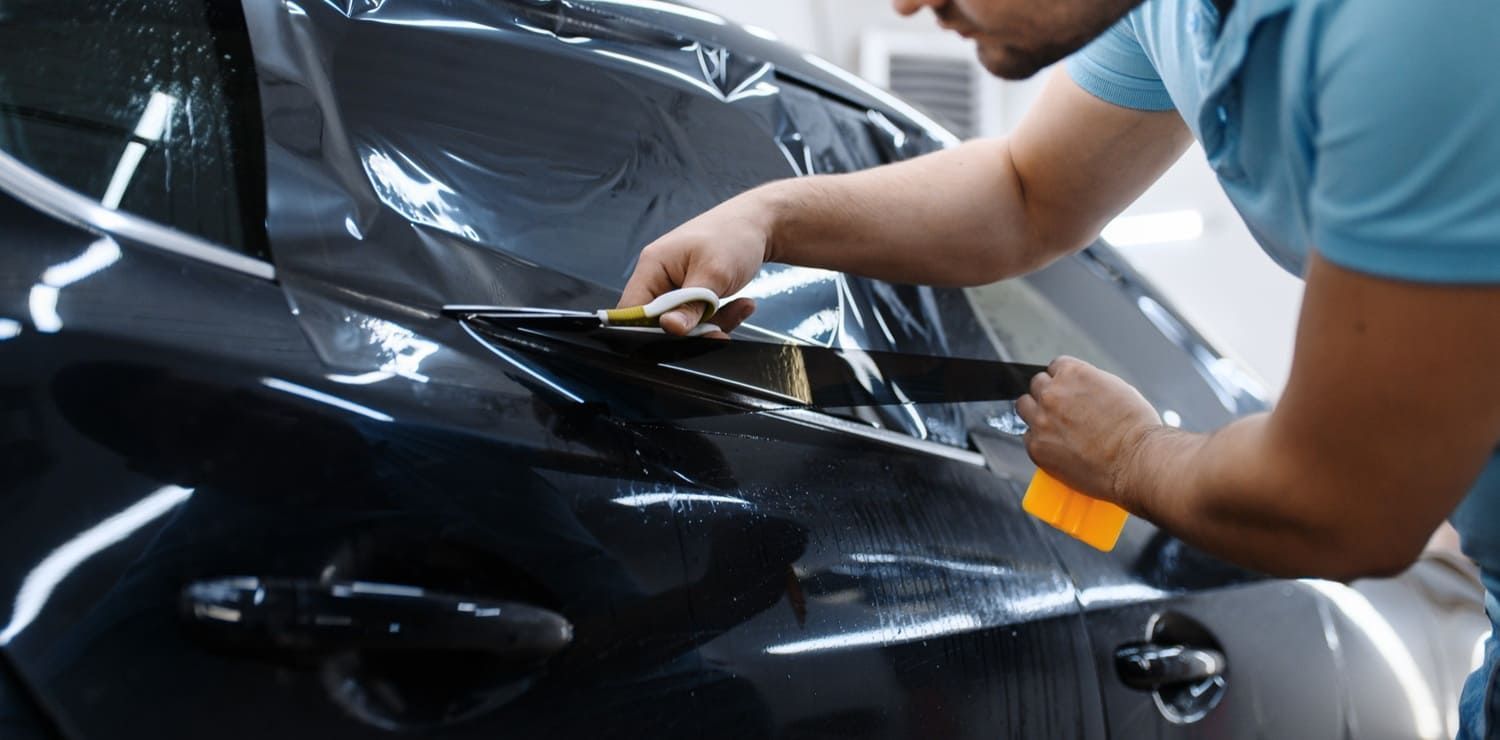
What Is the Standard Process for Professional Car Window Tint Installation?
Professional tint installation is a meticulous, multi-stage process designed to guarantee flawless adhesion, bubble-free clarity, and enduring performance. Expert installers adhere to strict protocols for preparing, applying, and curing the film under controlled conditions, ensuring you receive the maximum benefits of heat reduction and privacy.
What Are the Essential Steps in Professional Tint Installation?
- Glass Inspection and Cleaning – Thoroughly remove all dirt, oils, and contaminants to ensure perfect film adhesion.
- Precision Cutting – Utilize computer-controlled templates or plotters for a perfectly exact fit for each window.
- Film Application – Apply the film smoothly using a slip solution to allow for precise positioning before the adhesive activates.
- Squeegee and Seal – Expertly remove excess solution and air pockets to achieve a perfectly smooth finish.
- Curing Period – Allow the film to fully bond and dry, typically over 24–48 hours, to finalize its heat-rejection properties.
Why Is Professional Installation Crucial for Optimal Tint Performance?
- Precise Fit – Custom-cut film precisely covers every edge, eliminating any unsightly gaps.
- Bubble-Free Clarity – Skilled squeegeeing techniques expertly remove all air and moisture for a flawless look.
- Warranty Validation – Manufacturer warranties often stipulate that installation must be performed by certified professionals.
- Durability – Correct curing prevents common issues like peeling, bubbling, or premature discoloration over time.
How Should You Care for Your Car Window Tint After Installation?
- Refrain from rolling down your windows for at least 72 hours after installation.
- Clean the tinted surfaces using a soft microfiber cloth and an ammonia-free cleaning solution.
- Avoid using sharp objects or abrasive pads on the tinted glass surfaces.
- Periodically inspect the edges of the tint and promptly address any signs of lifting.
What Are the Typical Costs and Warranty Options for Car Window Tinting?
Costs can vary significantly based on the film material chosen, the size of your vehicle, and the installer’s level of expertise, while warranty terms differ between manufacturers and installers. Understanding these pricing factors alongside the specifics of warranty coverage will help you make a wise investment in a tint solution that truly lasts.
What Factors Typically Influence the Cost of Car Window Tinting?
- Film Type – Ceramic films generally command higher prices, while carbon and metallic films fall into the mid-range, and dyed films are the most budget-friendly.
- Vehicle Size and Window Count – Larger SUVs or vehicles with more windows will naturally incur higher labor and material costs.
- Complex Surfaces – Windows with curves or vents require more intricate labor and specialized film cutting techniques.
- Installer Reputation – Certified and highly reputable professionals may charge premium fees for their guaranteed quality and expertise.
What Warranty Coverage Is Typically Available for Ceramic and Carbon Tints?
Ceramic tints often come with comprehensive lifetime warranties covering issues like bubbling, peeling, and discoloration, whereas carbon films typically include 5–10 year warranties that protect against adhesive failure and fading. Warranty validation usually requires that the tint was professionally installed by certified technicians and that proper aftercare has been followed.
How Does Tinting Represent an Investment in Comfort and Vehicle Protection?
Tinting enhances your driving comfort by maintaining cooler interior temperatures, supports better energy efficiency by reducing the load on your AC, and preserves your interior’s value by effectively blocking UV-induced fading. The added benefits of privacy and security further protect both occupants and belongings, creating a compelling, multifaceted return on your investment in both comfort and asset preservation.
What Are Some Frequently Asked Questions About Car Window Tint for Heat Reduction and Privacy?
What Is Considered the Best Car Window Tint for Blocking Heat?
The top choice for blocking heat is ceramic film, renowned for its ability to reflect up to 99 percent of infrared rays while maintaining clear signal transmission and offering exceptional long-term durability.
Does Ceramic Tint Truly Offer Superior Heat Reduction Compared to Other Tints?
Absolutely, ceramic tint outperforms dyed and metallic films by utilizing advanced non-metallic nanoparticles that reject more IR radiation without causing any signal interference, resulting in significantly cooler vehicle interiors.
How Dark Can My Tint Be While Remaining Legal in Georgia?
Georgia law stipulates that front side windows must allow at least 32 percent VLT. Rear side and back windows have no VLT restrictions, and the windshield is permitted only non-reflective strips along the top edge.
How Long Does the Professional Tint Installation Process Typically Take?
Professional tint installation usually takes between 1–3 hours, which includes the initial inspection, thorough cleaning, precise film cutting, careful application, and initial drying before the crucial curing period begins.
Can Window Tint Have Any Impact on Electronic Signals or Devices?
High-quality ceramic and carbon tints are specifically designed to be non-metallic, meaning they will not interfere with your electronic signals, ensuring uninterrupted connectivity for your GPS, radio, and cellular devices.
Enhancing your vehicle with the right window tint can truly transform your driving experience, boosting comfort, protection, and privacy. For expert guidance and precise pricing tailored to your needs, place your trust in the certified team at Maximum Shade Tinting in Buford, GA—request your Free Estimate – Maximum Shade Tinting today and start enjoying a cooler, safer, and more private drive.
